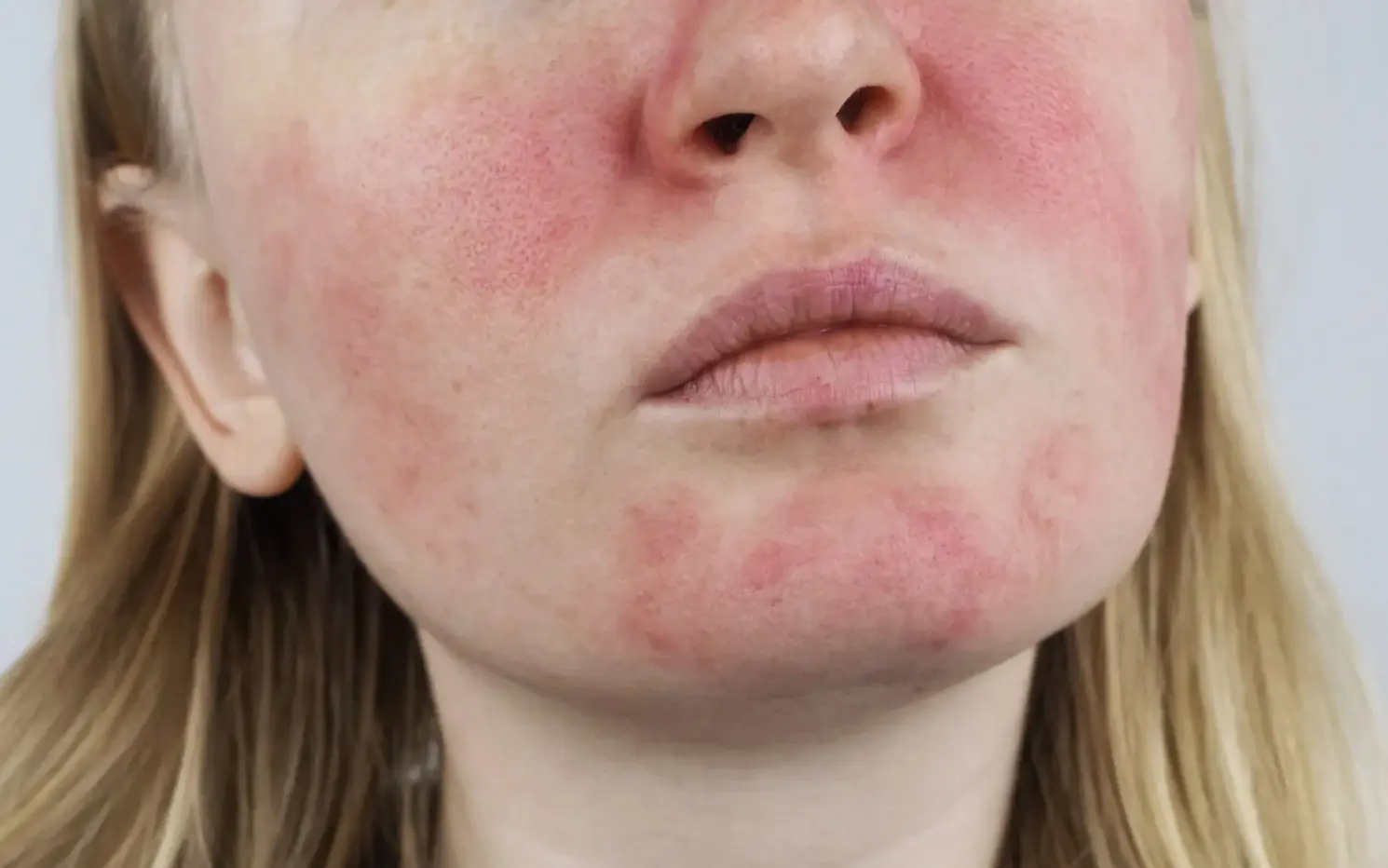Hyperpigmentation is a common skin concern that affects people of all skin types and ages. Characterized by patches of skin that appear darker than surrounding areas, hyperpigmentation can be frustrating to manage without understanding its underlying causes and appropriate treatment options. This blog post delves into the complexities of hyperpigmentation, offering insights into its causes, types, and effective treatments to achieve clearer, more even-toned skin.
What Causes Hyperpigmentation?
Hyperpigmentation happens due to excessive melanin production, which is responsible for skin pigmentation. Several factors can contribute to melanin production imbalance, including:
Sun Exposure: UV radiation stimulates melanocytes (melanin-producing cells) to produce more melanin, leading to sunspots and uneven pigmentation.
Hormonal Changes: Pregnancy (melasma), hormonal medications, and conditions like polycystic ovary syndrome (PCOS) can trigger hyperpigmentation.
Post-Inflammatory Response: Inflammation from acne, cuts, burns, or skin conditions like eczema can lead to dark spots known as post-inflammatory hyperpigmentation (PIH).
Genetic Predisposition: Some individuals are genetically predisposed to developing certain types of hyperpigmentation.
Types of Hyperpigmentation
1. Sunspots (Solar Lentigines): Small, flat, darkened areas caused by sun exposure, commonly found on sun-exposed areas like the face, hands, and shoulders.
2. Melasma: Symmetrical patches of brown or grayish-brown discoloration, often occurring on the face, triggered by hormonal changes or sun exposure.
3. Post-Inflammatory Hyperpigmentation (PIH): Dark spots or patches that develop after inflammation or injury to the skin, such as acne scars or insect bites.
Effective Treatments for Hyperpigmentation
Treatment options for hyperpigmentation vary depending on the type and severity of discoloration. Here are examples of effective treatments to consider:
1. Topical Treatments:
- Hydroquinone: A skin-lightening agent that inhibits melanin production. Available in over-the-counter and prescription strengths.
- Vitamin C: Brightens skin and inhibits melanin production. Use a stable, effective Vitamin C serum daily for best results.
- Retinoids: Encourage cell renewal and gradually diminish dark spots. Prescription retinoids like tretinoin are very effective.
2. Chemical Peels:
- Glycolic Acid, Lactic Acid: Exfoliate the skin and help fade hyperpigmentation. Superficial peels are suitable for mild to moderate hyperpigmentation.
3. Laser and Light Therapies:
- Intense Pulsed Light (IPL) Therapy: Targets and breaks down melanin clusters, reducing hyperpigmentation.
- Fractional Laser Resurfacing: Stimulates collagen production and fades dark spots. More intensive treatment for stubborn or deeper pigmentation.
4. Combination Therapies:
- Dermatologists often recommend combining treatments for optimal results. For example, combining topical treatments with laser therapy can provide comprehensive treatment for stubborn hyperpigmentation.
Preventative Measures and Skincare Tips
Sun Protection: Wear broad-spectrum sunscreen with SPF 30 or higher daily, even on cloudy days. UV protection is crucial to prevent worsening of existing hyperpigmentation and new spots.
Gentle Skincare: Avoid harsh scrubs and aggressive exfoliation, which can exacerbate hyperpigmentation. Choose mild cleansers and skincare products that are appropriate for your skin type.
Consistency: Patience and consistency are key to seeing improvement in hyperpigmentation. Stick to your skincare regimen and treatments as recommended by your dermatologist or skincare professional.
Consulting with a Dermatologist
If hyperpigmentation persists despite using over-the-counter treatments or if you have concerns about specific types of dark spots, consult with a dermatologist. They can assess your skin condition, recommend appropriate treatments, and tailor a skincare plan to address your individual needs effectively.
Conclusion
Understanding the causes and treatments for hyperpigmentation empowers you to take control of your skin health and achieve a more even complexion. Whether you’re dealing with sunspots, melasma, or post-inflammatory hyperpigmentation, there are effective treatments and preventative measures available to help you achieve clearer, brighter skin. By combining targeted skincare products with professional treatments and sun protection, you can effectively manage hyperpigmentation and reveal your skin’s natural radiance. Embrace a personalized approach to skincare, and enjoy the confidence that comes with healthy, glowing skin.






